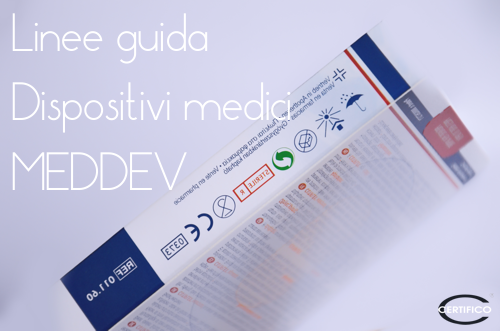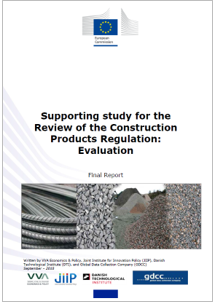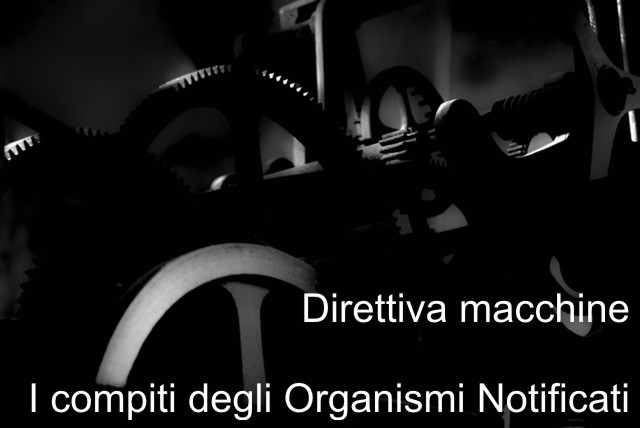Il 19 giugno 2017 La Commissione Europea ha avviato una consultazione, della durata di quattro settimane, riguardo una possibile revisione del Regolamento (UE) n.
Regolamento Prodotti da Costruzione (UE) 305/2011 - CPR Prodotti da Costruzione - CPR.
Nella valutazione d’impatto iniziale sono suggeriti differenti scenari:
Opzione I - Scenario di base: nessuna modifica legislativa.
Opzione II: Revisione del CPR
II.A: La revisione CPR limitata che affronta solo le questioni esplicitamente identificate nella relazione di attuazione del luglio 2016, ciò comprenderebbe:
- Revisione delle disposizioni di semplificazione, in particolare quelle relative alle PMI
- norme di sorveglianza del mercato specifico e specifiche di applicazione che integrano quelle orizzontali
- norme dettagliate in materia di organismi notificati, distinguendo il CPR dal nuovo quadro legislativo
- chiarire la relazione tra CPR e il regolamento 1025/2012 sulla standardizzazione e altri Questioni di standardizzazione, tra cui migliorare la coerenza tra la legislazione CPR e la progettazione ecocompatibile.
II.B: una revisione più ampia del CPR che tocca anche i principi fondamentali che sottendono il CPR.
È possibile prevedere diverse varianti (e combinazioni di esse) nelle sotto opzioni:
- L'armonizzazione CPR per rimanere obbligatoria per alcuni prodotti da costruzione, ma essere facoltativa per altri
- linguaggio tecnico comune per rimanere obbligatorio per alcuni attori, ma essere facoltativo per gli altri
- il quadro istituzionale e i ruoli degli organi coinvolti per essere rivisti.
II.C: Revisione profonda CPR che sposta l'equilibrio nella presente ripartizione dei compiti tra l'UE e gli Stati membri
È possibile prevedere diverse varianti (e combinazioni di esse) nelle sotto opzioni:
- Questo potrebbe essere fatto scegliendo l'approccio del nuovo quadro legislativo, che lo consentirebbe mantenendo la marcatura CE per i prodotti da costruzione, o sviluppando un mezzo alternativo, per definire i dettagli tecnici delle caratteristiche del prodotto.
- L'armonizzazione più profonda potrebbe essere resa obbligatoria per alcuni prodotti da costruzione, ma facoltativi per gli altri prodotti da costruzione;
- il campo di applicazione di un'armonizzazione più profonda potrebbe essere definito inserendo le famiglie di prodotti da coprire;
Per le famiglie di prodotti non elencate, l'attuale sistema CPR potrebbe essere mantenuto o abbandonato.
- Il quadro istituzionale ed i ruoli degli organi coinvolti potrebbero essere rivisti.
Opzione III: Abrogazione del Regolamento CPR senza pubblicazione di un disposto legislativo sostitutivo. In questo caso la libera circolazione dei prodotti da costruzione si baserebbe sul principio del riconoscimento reciproco.
Vedi Consultazione CE valutazione e revisione CPR


































